An air compressor is a machine that compresses air to power air tools, such as impact wrenches, air hammers and air chisels, paint sprayers, and others. DIY enthusiasts, technicians, and contractors use these tools for several jobs, such as finish work, roofing, cutting wood, and metal and pipe work. Homeowners benefit from other air compressor uses, such as inflating sports equipment and tires.
There are many different types of air compressors, and each is designed for a particular use. This air compressor buying guide will help you decide which is the best suited for your needs so that when you buy an air compressor, you’ll be sure to purchase the right one.
Air Compressor Grade
Air compressors come in three distinct grades: consumer, contractor, and commercial. When deciding which grade is best for you, consider the job you’ll be doing, how often you’ll use the compressor, and whether you’ll power multiple tools. You may also consider whether you need a unit that is easy to move around or one that can be bolted in place.
Consumer

Consumer-grade air compressors are made for smaller jobs and are ideal for house use. If you need something on hand to inflate tires, toys and sporting equipment, this may be your grade. Of course, consumer-grade air compressors can do more than merely boost things. They can handle smaller, low-powered air tools such as pneumatic staplers and brad nail guns.
However, if you want an air compressor that can run more extensive tools and air compressor accessories, you might want something more powerful.
Contractor
Contractor-grade air compressors are built to be sturdy and can survive a busy job site. These machines are designed for building professionals; most are portable, either hand-carried, on a wheeled cart, or carried on a vehicle. Contractor-grade air compressors are beneficial for various jobs but are typically used to power pneumatic nailers and tools for roadside repairs. When performing air compressor comparisons, consider a contractor-grade machine if you run multiple air tools with enormous air demands.
Commercial
If you’re looking to buy an air compressor with a steady supply of compressed air, a commercial-grade model may be what you need. These heavy-duty machines offer superior performance. Industrial air compressors are often found in manufacturing facilities, auto-body shops, and for enormous jobs such as powering machinery on oil rigs and amusement park rides.
Air Compressor Types
Another part of learning how to choose an air compressor is deciding which type is best for your needs. A simple inflator won’t power heavy-duty tools, and a truck-mount compressor is too powerful to inflate a soccer ball. Numerous types of air compressors are available, and you should choose one that will work best for you.
Inflators
Inflators are small air compressors ideal for pumping up sports equipment and toys. They can also inflate a car tire, but it may take up to 20 minutes to reach the proper pressure. They are portable, inexpensive, and ideal to keep in the garage or the trunk of your car.
Pancake
A pancake compressor has a one- to two-gallon tank and weighs about 16 pounds, making it easy to carry around and store. Most models don’t have any belts and are oil-free, making them virtually maintenance-free. These tools are ideal for inflating but may need to be more robust to run air tools. They’re also quite noisy.
Hot Dog
These compressors have enough power to run small tools such as staplers and airbrushes, making them popular with hobbyists. They have slightly bigger air compressor tanks and pumps than pancake models and can be heavier. Hot dog compressors have handles for easy transportation. Like pancake compressors, they also have no belts and are oil-less, which means they’re virtually maintenance-free but can be noisy.
Twin-Stack

Twin-stack air compressors have two air tanks so you can store more air, meaning the machine doesn’t have to run as often. They have enough power to run finishing tools such as nailers and brad guns and are popular with DIY enthusiasts. While they’re considered portable, they can weigh up to 70 pounds.
Single-Stage
Single-stage air compressors are available in portable and stationary models. Portable ones are popular with people who need to run air tools such as nail guns often. They have more potent engines and pumps than other portable compressors but can be more expensive. Stationary models are great for around the garage or home. They’re ideal for automotive work and other small jobs.
Wheelbarrow
Wheelbarrow compressors are made for job sites. They have powerful engines, large air tanks, and heavy-duty components. They can handle harsh conditions. Wheelbarrow compressors have a single wheel and take so that you can pull them around the work site.
Truck-Mount
These are the biggest and most powerful portable compressors currently available. Since they are lifted by a truck, they can come with large air tanks, pumps, and sturdy materials that can make them weigh hundreds of pounds. Truck-mount air compressors can efficiently run extensive air tools for hours without problems.
DC Compressors
Popular with show cars, race teams, and RV enthusiasts, DC compressors are hardwired into a vehicle’s voltage system, providing lots of air while taking up little space. They can inflate large tires and perform other small jobs. DC compressors can be found in race car support vehicles and show cars that “hop.”
Two-Stage
Two-stage air compressors can be found in manufacturing facilities and garages. Some typical air compressor uses for this type of machine include powering die grinders, air hammers, nail guns, and impact wrenches. They can even be powerful enough to run multiple tools at once. Two-stage air compressors are powered by electricity or gas, although most models are electric. With two pistons, these units compress the air twice, delivering more air than smaller units.
Rotary Screw
Rotary screw compressors are the most potent and most giant compressors currently available. They are usually found in factories and professional garages where a lot of compressed air is needed most of the time. This type of air compressor is powered by two counter-rotating screws, which compress air as it’s pushed through the grooves of the screw. These units are the most technologically advanced models on the market and are efficient and quiet.
Other Considerations
Obviously, when you buy an air compressor, it’s essential to choose the right type, but there are other things you should consider. It’s also necessary to evaluate your specific needs, such as how often you will carry it around and what type of tools you will most often use.
Portability
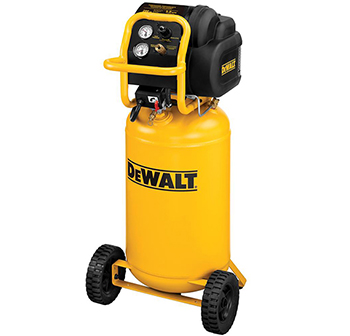
One key factor when buying an air compressor should be portability, and you can purchase portable or stationary models depending on your needs. Portable compressors are available in a variety of styles and sizes. Some are light enough to carry, while others are equipped with wheels and handles. Stationary models are designed to be bolted down and wired into a building’s electrical circuit. They usually have 60-80 gallon tanks and 4-10 horsepower motors.
Power Source
Air compressors are powered by gasoline or electricity. Building contractors often use gas-powered models because of their convenience and high output at the workplace. However, they emit exhaust fumes and should only be used in well-ventilated areas or outdoors. Electric models typically run on standard household voltage, with units under 2 running horsepower running on 110-120V, while units with more than 2 running horsepower require a 220-240V outlet. Electric compressors don’t emit exhaust fumes, so they are a better indoor choice.
Performance Ratings
The most important consideration when buying an air compressor is how much air the machine can deliver. This is measured in standard cubic feet per minute (SCFM). All tools powered by compressed air have an SCFM rating, which indicates the airflow required for optimal performance. The actual SCFM can change depending on how pressurized the air is in the compressor, represented by pounds per square inch (psi). When comparing SCFM ratings, look for the “SCFM at 90psi” number.
Another critical factor is the compressor horsepower (HP). This number indicates how powerful the engine is rather than how much power the compressor provides to tools. Typically, compressors have a horsepower rating of between 1.5 and 6.5HP.
Tank Size
Tank size is important because it determines how long you can run an air tool before the compressor kicks back on. They’re rated in gallons and range from 1-80, depending on the unit.
Tools You Will be Using
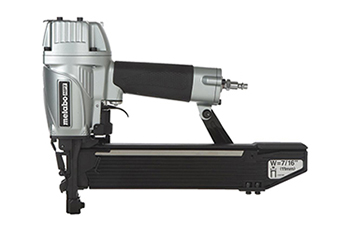
Could you be sure to consider the tools you’ll be using? All air tools have a cubic feet per minute (CFM) rating, and the air compressor you choose should be able to produce enough air to get the job done. Also, if you plan on using multiple tools, please use the CFM of each tool to decide on the size of the air compressor you need. The approximate CFM of some popular air tools is listed below.
| Type of Tool | Average Required CFM |
|---|---|
| Angle Disc Grinder | 6 |
| Chisel/Air Hammer | 4 |
| Die Grinder | 8 |
| Dual Action Sander | 6 |
| Grease or Caulking Gun | 4 |
| Nailer | 1 |
| Brad Nailer | 0.5 |
| Stapler | 6 |
| Circular Saw 8-inch | 12 |
Additional Features
Some other things that you may want to consider when deciding how to choose an air compressor include:
- Air-Cooling System: This cools the pumping machinery and can extend motor life.
- Thermal Overload Switch: This option will automatically shut down the air compressor if it overheats.
- ASME Certification: Identified on the tank with a certification label, an ASME certification ensures high-quality craftsmanship and materials went into building the unit.
- Roll Cage: Ensures the compressor is protected on the job site.
Air Compressor Safety
As with all power tools, it is important to follow safety guidelines when using an air compressor:
- Wear gloves, earplugs, goggles and a respirator when appropriate
- If you use an electric compressor, ensure it’s plugged into a socket with the correct voltage
- Don’t power an electric compressor with a generator
- Don’t exceed the recommended pressure for a tool or the job
- If you have an oil-lubricated machine, remember to check the oil
- When finished, open the drain to get rid of moisture
If you aren’t sure how to choose an air compressor, this information should help you feel ready to make the right choice. Just follow these tips, and you should be able to buy the right machine for your needs.

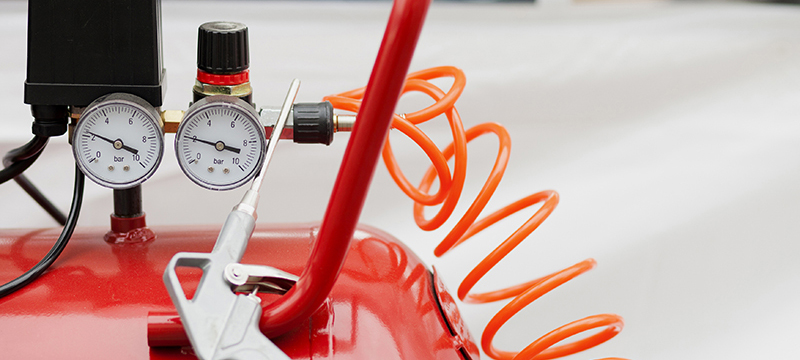

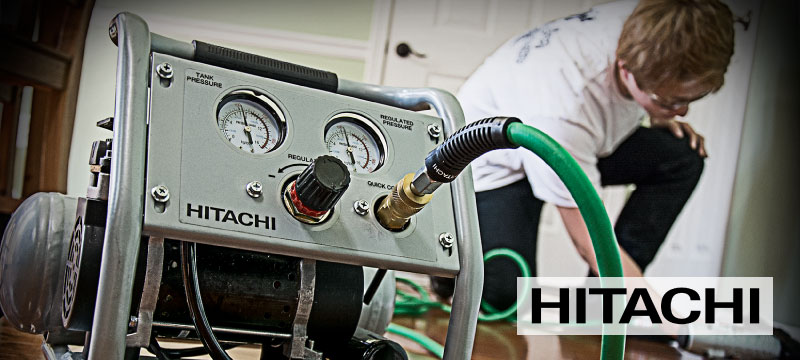
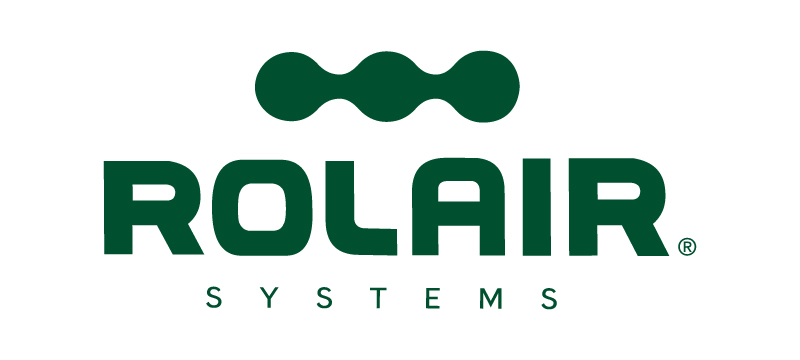
13 Comments
Kylie Dotts
June 15, 2017 at 7:21 pmI never knew that air compressors came in three different grades. I guess it makes sense that an air compressor you use at home won’t need the same kind of power you would need if you were a racecar mechanic or a construction worker. I know my husband was in the market looking for one so maybe I’ll have to see if he has found an air compressor company that could help him find one for his needs. He loves to work out in the shop so something that could power some tools would probably be a good idea.
Acme Tools
June 16, 2017 at 11:07 amHi Kylie,
Thank you for your comments. There are a lot of differences between air compressors. This guide will get you started in the right direction.
Thank you,
Acme Tools
Frank Delaware
July 5, 2017 at 7:42 amThere have been quite a few different construction projects going on around our house, and I was curious about how they choose the equipment for their job. It makes sense that when you are looking for an air compressor, you would want to consider if the unit will be stationary or portable. It would be nice to know that you will be able to get the unit wherever you need it to go.
Vince
September 7, 2017 at 4:29 pmPerhaps the most informative article I’ve come across on how to choose an air compressor. There’s just one small remark I wish to make. Hot dog compressors are not necessarily oil-less. I’ve often seen hot dog compressors that use oil.
Acme Tools
September 8, 2017 at 9:21 amHello, Thank you for your comments. We do agree that not all hot dog style compressors are oil-free. We will look at the wording of the post to make sure we are clear on how we are stating the information.
Thank you,
Acme Tools
Socal Sullair
November 7, 2017 at 3:17 pmThank you, this will help guide a lot of people. I appreciate what you have done.
Todd Stauffer
April 3, 2018 at 9:26 amI like how you said that there are contractor air compressors that are built to ensure good use at a job site. Getting a heavy duty air tool hose to go with a good compressor would probably be important if you are doing work at a job site. That way you can be sure that there won’t be any punctures even if something were to run it over or something like that.
Acme Tools
April 4, 2018 at 8:32 amHello, Thank you for your comment. We agree with you that along with a quality air compressor it is just as important to use a quality air hose to prevent downtime on the jobsite.
Thank you,
Acme Tools
Sutton Turner
May 23, 2018 at 10:20 amI like how you mentioned the tank size determines how long you can run an air tool before the compressor kicks back on. My dad uses air compressors all the time for his job. Thanks for the tips on how to choose an air compressor.
Michael Foley
November 16, 2018 at 1:11 amThank you so much for this helpful guide
Levi Armstrong
May 10, 2021 at 9:12 amI like that you said that I should consider the portability of the air compressor when buying one and determine if you’ll buy one with wheels and handles or one light enough to carry comfortably. My dad plans on buying an air compressor for his workshop, so he would benefit from reading this article. I’ll share this with him tonight when he gets home from work. Thanks for this!
Tracy
May 30, 2021 at 1:30 amThanks for sharing this information .Perhaps the most informative article I’ve come across on how to choose an air compressor. There’s just one small remark I wish to make. Hot dog compressors are not necessarily oil-less. I’ve often seen hot dog compressors that use oil.
Tracy
May 30, 2021 at 1:31 amThanks for sharing this information.